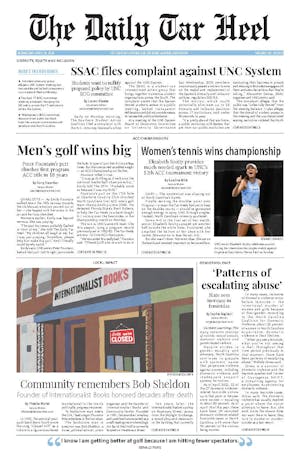The UNC Board of Governors might slacken a long-standing rein on admitting out-of-state students to UNC-system campuses next year, joining a nationwide debate among universities on nonresident enrollment.
A number of public universities have recently increased their nonresident student population — many in response to decreased state funding.
At last week’s Board of Governors meeting, members were presented with five proposed changes to the UNC system’s out-of-state policy.
John Sanders, former director of UNC-CH’s School of Government, said he thinks the proposals could be a product of UNC-system budget cuts — which are expected to top $500 million since 2011 once a state budget is finalized.
Peter Hans, the board chairman, said financial woes are not driving the members’ discussion.
Hans said admitting more out-of-state students would not increase the UNC system’s state-appropriated funds, though it is a common speculation.
“The university (system) doesn’t receive four times as much money for an out-of-state student, even though tuition might be that much higher at UNC-CH, for example,” he said.
But Sanders said less state support encourages universities to seek funding elsewhere.
“The motivation so far as I see … is to enable the (UNC system) to charge out-of-state students a higher tuition rate and to make money that way — that they’re not getting from other sources,” he said.
Dianne Klein, spokeswoman for the University of California system, said in an email UC campuses have benefited financially from an influx of out-of-state students.


